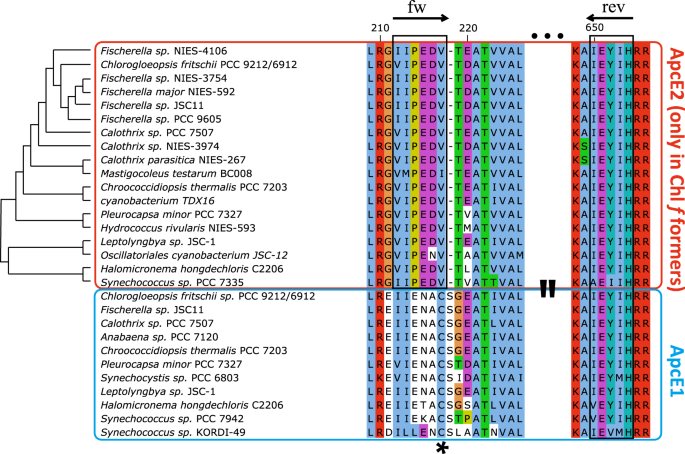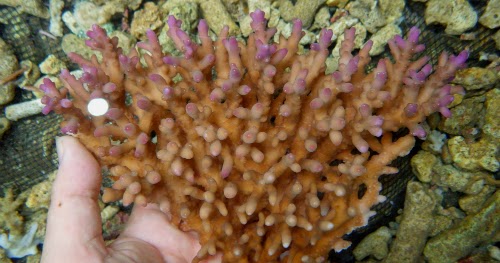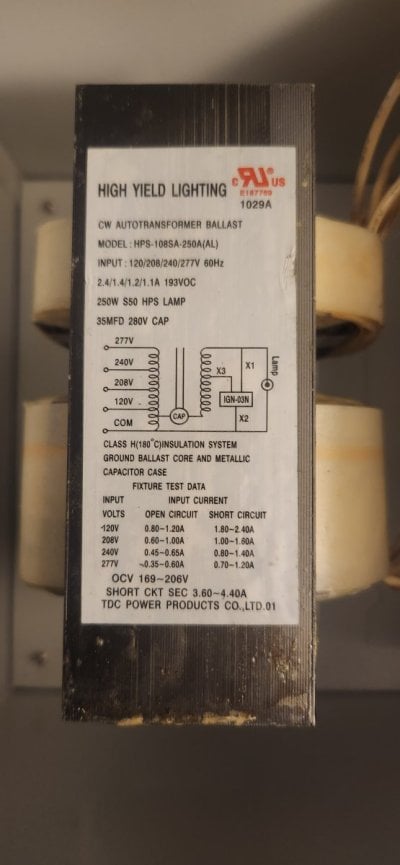Please use the NM and don't say infrared. My guess is that you saw the UH Manoa reference which is the first result to always pop up in Google? Their 10cm reference is for 1000 nm, or more, which is only heat based IR and they even say almost all. Red at 700nm at the equator can go up to 20m and the range from 350-850nm that I like to use goes at least 10m where nearly every coral that we have in the hobby is collected on one breath and most are in waist deep low tide areas. It isn't like 701nm just shuts down to 10 cm when 700 penetrates about 10m. Somewhere between 20m for 700nm and 10cm for 1000nm light drops off, or so.
You can bet that any 850nm from a mercury based bulb, or even the LED panels that IR diodes will get the 20-24 inches of most tanks. This light is getting to most coral.
I don't care about anything above 850nm... and probably nobody should.
I am not saying that IR is likely some kind of savior of all reef tanks. It likely is not. However, saying that it is nothing is just as foolish, IMO.
Everybody - ReefBuilder artciles are to drive clicks and are really paid advertising. They have been known in the past to bash products who won't pay them and stuff. They will shill for people who do pay them. Other than looking at photos, I would not use or trust anything that the print as facts or anything close to it. I only really like the photos of new corals and aberrant fish that people send them. Occasionally, a contributor writes a good article, but this is not all that often, IMO.
You can bet that any 850nm from a mercury based bulb, or even the LED panels that IR diodes will get the 20-24 inches of most tanks. This light is getting to most coral.
I don't care about anything above 850nm... and probably nobody should.
I am not saying that IR is likely some kind of savior of all reef tanks. It likely is not. However, saying that it is nothing is just as foolish, IMO.
Everybody - ReefBuilder artciles are to drive clicks and are really paid advertising. They have been known in the past to bash products who won't pay them and stuff. They will shill for people who do pay them. Other than looking at photos, I would not use or trust anything that the print as facts or anything close to it. I only really like the photos of new corals and aberrant fish that people send them. Occasionally, a contributor writes a good article, but this is not all that often, IMO.






















